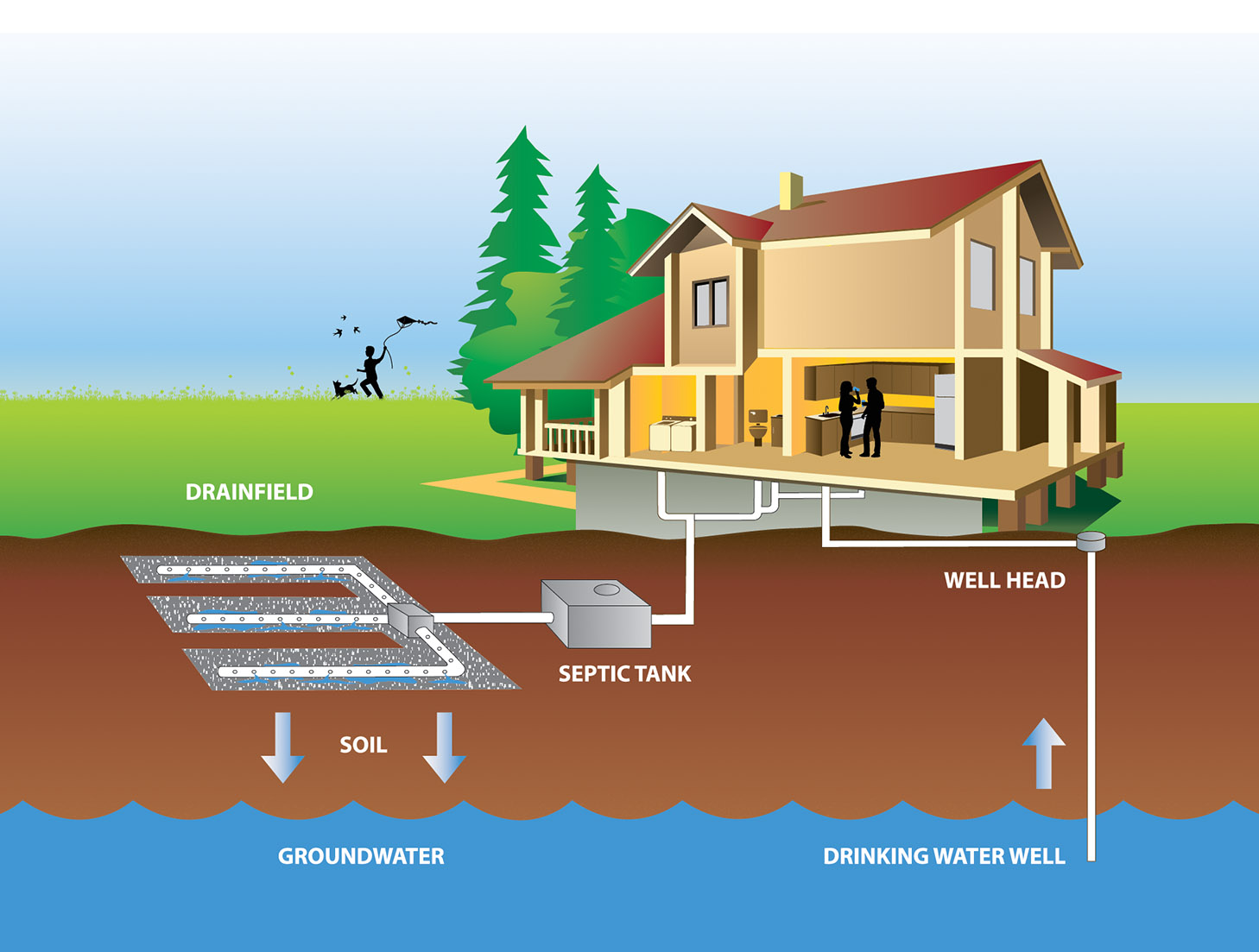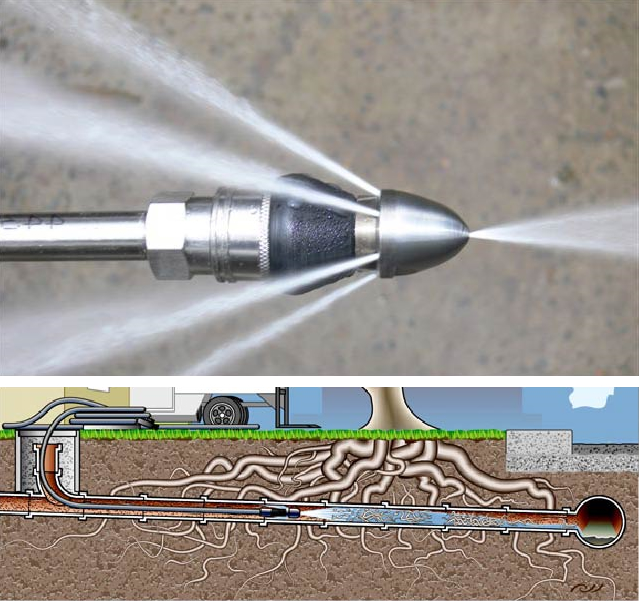
As stated by our friends at the EPA, there are preventative measures for preserving the lifespan of your septic tank. These measures can also reduce your need for septic system service.
What is a septic system?
Usually found in rural areas that don’t have public sewer systems, septic systems are underground wastewater treatment facilities. They usually have a septic tank and a drain field or soil absorption field.
A septic system consists of a drainage pipe, a septic tank and a drain field. When you have a septic system, water runs out of your house from one main drainage pipe into a septic tank. The tank digests organic materials and separates solids, oils and grease from the wastewater. Then, the liquid wastewater goes through underground pipes into the drain field. The soil in the drain field filters the wastewater, and it eventually discharges into the groundwater.
How often do I need a Septic System Service?
Maintenance is key to owning a septic system. The EPA says the typical system should be inspected at least every three years, and septic tanks are pumped every three to five years. If you have a system with an electrical float switch, pumps, or other mechanical features, you may need to have it inspected annually. Additionally, there are several factors that influence how often your tank must be pumped:
- Household size
- Septic tank size
- Amount of wastewater generation
- Percentage of solids in the wastewater
How do I know if my septic tank needs service?
In general, there are some red flags that your septic tank needs pumping:
- Has not been serviced in more than 2 years
- Drains are slow, toilet is sluggish
- Property wafts sewer smells throughout the air
- Greener than usual grass/vegetation around tank location
- Sewage is backed up into the property
Septic System Installation
If you are looking to install a septic system on a property, it would be wise to look into Trenchless Pipelining for the installation of your underground pipes. This will allow the installers to lay your septic system pipes in a manor that does not require digging. Leave your yard pristine by hiring a qualified trenchless pipline service professional.

Recent Comments